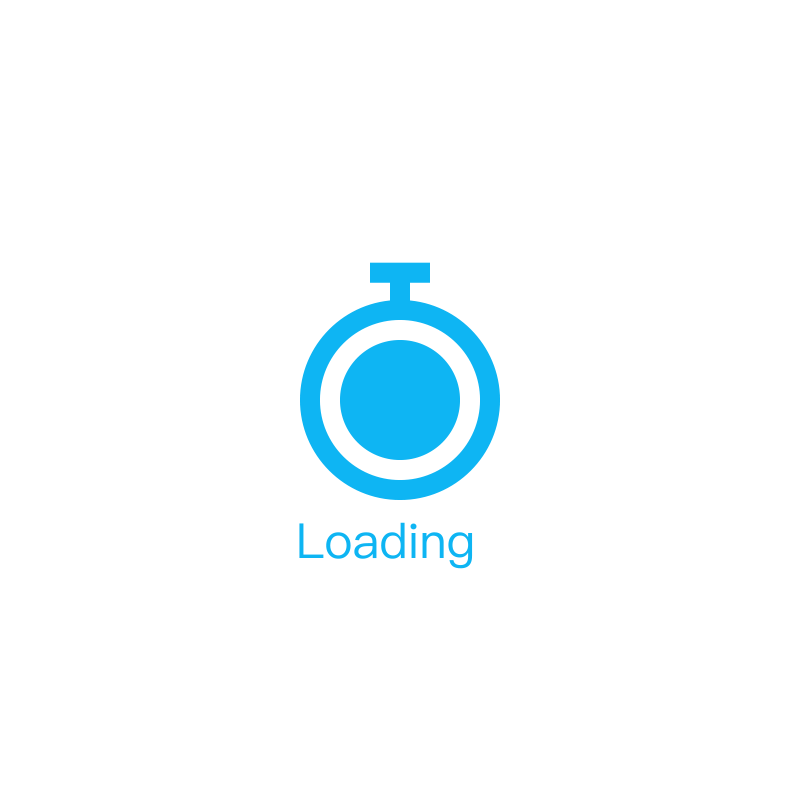ЛуЗсвјааЩЬЮёаДзїНЬГЬ[4]
НёЬьЮвУЧРДМЬајЩЯДЮбЇЯАЕФФкШнЃКЩЬЮёаДзїжаЕФorganizationЁЃ
Organising: Types of Correspondence
How many types of correspondence do you need to write?
Basically, two:![]()
![]() internal correspondence (the messages you write to colleagues)
internal correspondence (the messages you write to colleagues)![]()
![]() external correspondence (the messages you write to customers).
external correspondence (the messages you write to customers).
However, when you write to colleagues or customers, you can use a variety of documents.
Do you know which types of documents you can use when you write to colleagues? And which types you can send to customers?
For internal correspondence, you can use e-mail, fax and memo. For external correspondence, you can use e-mail, fax and letter.
The way you organise the content of most e-mails, faxes, letters and memos is similar. However, the format - or layout - of these documents is different.
Can you recognise the formats of the documents you write?
Below, you will see samples of four documents.

Memo

Fax

Letter

The way you organise the contents of most documents is similar.
Try to discover the basic outline you can use in most of your correspondence.
Read through the memo below and try to identify what type of content each of the four paragraphs contains.
As you know, we have always enforced a strict dress code. We have now revised this code. I would like to inform you of the changes. The code for branch staff and office staff is different. As I'm sure you will appreciate, there are no changes for branch staff. All branch staff must wear the correct uniform at all times. On the other hand, if you work in the office, you may wear 'smart-casual' wear. However, on any day that you do meet people from outside the company, please ensure you are dressed in a business-like manner. Please adopt the new dress code from 1 September. If you have any questions, please call |
Answers:
Paragraph1: background
Paragraph2: writerЁЏs purpose
Paragraph3: readerЁЏs information
Paragraph4: readerЁЏs response
Now read through the letter below. Identify the type of content in each of the five paragraphs in the spaces provided.
|
Dear Ms Hui Classic Visa Card: Annual Fee Thank you for your letter of 5 November. In the letter, you mentioned that you had sent a cheque to settle your Visa Card Annual Fee. I would like to exp We have checked our records carefully. Unfortunately, we have not yet received the cheque, although we are normally very efficient when dealing with incoming remittances. Therefore, to help us prepare your new Visa Card, we would be grateful if you could settle the payment immediately. We look forward to hearing from you soon. Yours sincerely
|
Answers:
Paragraph1: background
Paragraph2: writerЁЏs purpose
Paragraph3: readerЁЏs information
Paragraph4: readerЁЏs response
Paragraph5: closing marks
As you can see, there is only a small difference in the outlines you use when writing to colleagues and customers.
When you write to customers, you include a salutation (Dear...) and a complimentary close (Yours sincerely / faithfully).
When writing to customers, you always add a polite closing remark. You can also add this remark when writing to colleagues.
By now, you should be familiar with![]()
![]() the types of correspondence you write
the types of correspondence you write![]()
![]() the types of documents you can use
the types of documents you can use![]()
![]() the basic outline you can usually follow.
the basic outline you can usually follow.
To learn how to organise a letter to a customer, go to the next screen.
ЯТвЛДЮЮвУЧНЋНВЪіorganising ЕФSOFAR StrategyЃЌВЛвЊДэЙ§ХЖЃЁ




